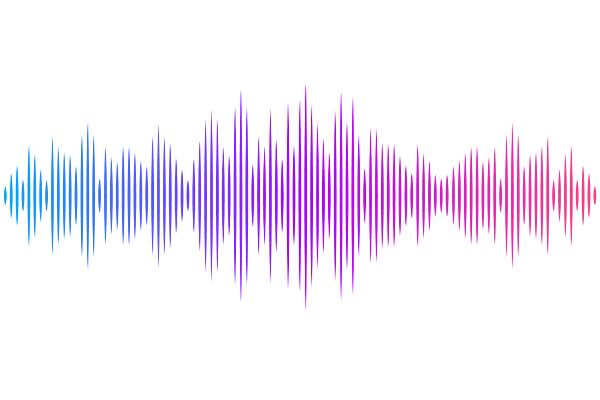Identification and Characterization of Functional and Trans-dominant Negative HERV-K (HML-2) Rec Proteins Encoded in the Human Genome.

Identification and Characterization of Functional and Trans-dominant Negative HERV-K (HML-2) Rec Proteins Encoded in the Human Genome.
Zurowska, K.; Dzhivhuho, G.; Grabski, D.; Rekosh, D.; Hammarskjold, M.-L.
AbstractHuman Endogenous Retroviruses K (HERV-K) of the HML-2 subgroup are the most recently integrated and biologically active retroviral elements within the human genome. The HERV-K Rec protein, a functional homolog of HIV Rev and HTLV Rex, is necessary for the nuclear export of viral mRNAs with retained introns. However, the diversity of Rec proteins encoded in the human genome and their functional capacities have remained largely unexplored. We identified full-length Rec protein sequences in the human genome and selected 23 variants for functional characterization. Using a dual-color fluorescent reporter and a complementary ELISA assay, we found that Rec proteins from only 7 genomic loci were functional. In addition, a subset of the non-functional Rec proteins exerted trans-dominant negative effects. Detailed mutational analysis of the most potent inhibitory variant, encoded by the HERV-K provirus 12q14.1, displayed only 2 amino acid changes (H2N and del34E) relative to the prototypical functional Rec protein encoded by the reconstructed consensus HERV-K (HERV-K Con). Insertion of a glutamic acid at position 34 restored the functional activity, while the substitution of histidine with asparagine at position 2 did not. Our results unveil an unexpected complexity in HERV-K (HML-2) post-transcriptional regulation, with Rec variants displaying a spectrum of activities ranging from robust nuclear export of RNA with retained introns to trans-dominant negative inhibition of Rec function. These findings expand our understanding of the regulatory landscape governing HERV-K (HML-2) expression and suggest mechanisms by which different HERV-K Rec proteins may influence host cell biology and pathology, including oncogenesis.